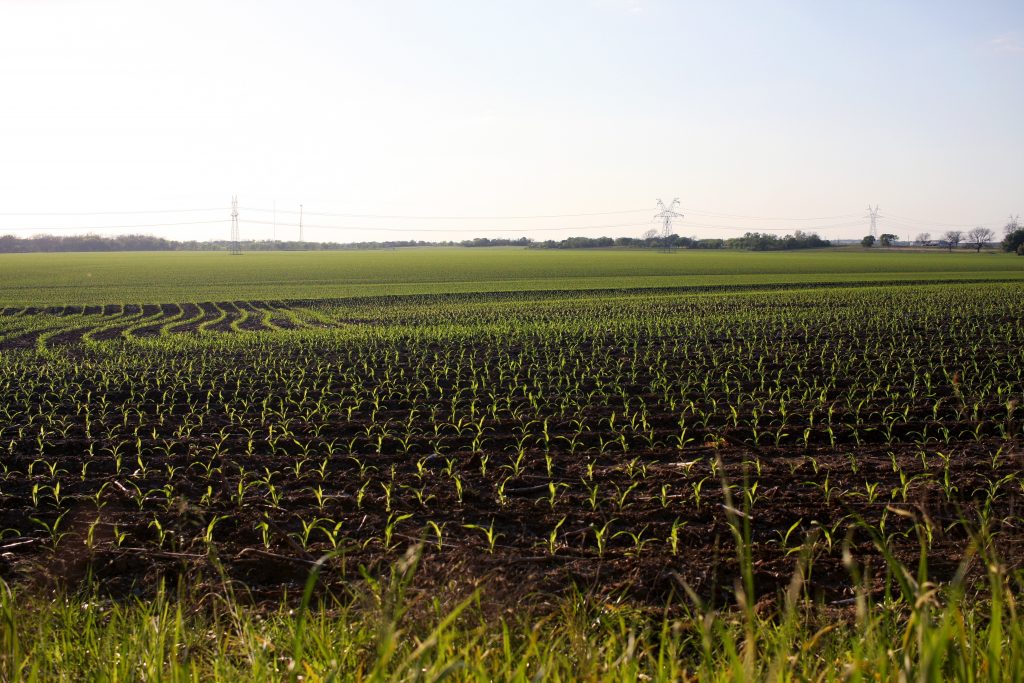There hasn’t been much to post about as we’re still in the planning and preparing stage. However, an empty blog is awfully boring, so I’m going to try to post a weekly update about some of the little things we’ve been doing and plans we’ve been making until we have more substantial updates to share.
The big thing this week has been preparing for our bees. In a couple of weekends, we’ll be picking up our nucs and driving home with them. Here’s hoping all passengers stay securely where they belong! In preparation for their arrival we’ve finished assembling three hives and the frames to go inside them, then primed and painted all exterior surfaces. The paint will help protect the hives from the elements, and because we used a light color it will also help keep the hives cool. Now we need to nail on the metal roofs and paint identifying markers on each hive. Simple geometrical patterns in a contrasting color will make it easier for the bees to recognize their homes, and make record-keeping easier on us.
Last weekend we had the pastures mowed to promote healthy growth. If we don’t keep up with that, the weeds will shade the grasses and we’ll end up with very weedy pastures. We’d like to keep our pastures healthy since we anticipate adding some grazing animals in the not-too-distant future. The big hold-up there is fencing. We’re working on replacing the perimeter fences, which are in poor shape due to age and flooding. While we’re waiting on that, we’ve been researching ways to maximize both production and sustainability on our property. One gentleman informed us we could raise 300 goats on our 14 acres and making good money selling them to buyers out of state. I suppose that’s possible, if we wanted to haul in all of our feed and have bare dirt and goat poop everywhere. Our goal is that in 5, 10, 20, 30 years this property will still be productive — not depleted of all its resources. That being the case, we’re looking into crops and animals and systems that will complement each other and the type of property we have. We want to have a productive ranch, and we want it to stay that way for the long term. We’ve been doing a lot of research and coming up with ideas to consider, and I’ve been talking with the county agricultural extension for ideas and feedback.

The property directly to the west of us belongs to the county, and will eventually become the Blacklands Heritage Park. My understanding of the vision for the park is that it will celebrate the history of farming in the area as well as look to the future of how we can responsibly steward the land and resources we have. Although, of course, we aren’t in any way affiliated with the park, I like the idea that next to the section of the park that looks to the future will be our little family ranch and our efforts to make use of the land in the present while also preserving it for the future.